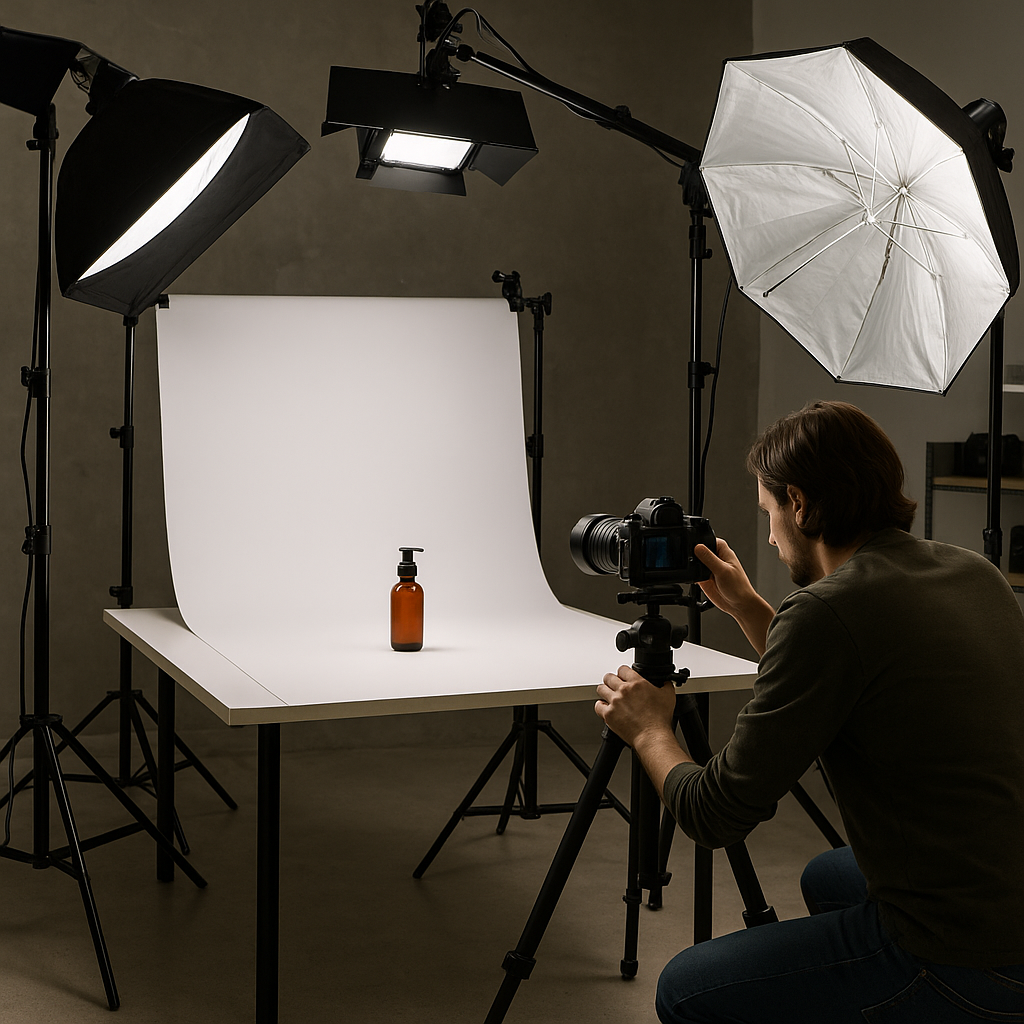
In today’s fast-paced world of design, architecture, and product development, creating a 3D mockup has become an essential step in the creative process. A 3D mockup allows you to visualize and communicate your ideas more effectively, making it easier to identify potential issues, make changes, and ultimately bring your vision to life. Whether you’re a seasoned designer or a beginner, creating a 3D mockup can seem daunting, but with the right tools and techniques, you can achieve professional-looking results. In this comprehensive guide, we’ll walk you through the process of creating a 3D mockup, covering the basics, tools, and best practices.
What is a 3D Mockup?
A 3D mockup is a digital representation of a product, building, or design concept in three dimensions. It’s a scaled-down version of the final product, used to visualize and test the design before it’s built or manufactured. 3D mockups can be used in various fields, including:
Architecture: to visualize buildings, interiors, and landscapes
Product design: to create prototypes of products, such as furniture, gadgets, and consumer goods
Industrial design: to design and test industrial equipment, machinery, and vehicles
Game development: to create 3D models of characters, environments, and objects
Benefits of Creating a 3D Mockup
Creating a 3D mockup offers numerous benefits, including:
Improved communication: A 3D mockup helps to convey your design ideas more effectively, reducing misunderstandings and miscommunications.
Early detection of errors: By visualizing your design in 3D, you can identify potential issues and make changes before they become costly problems.
Increased efficiency: 3D mockups save time and resources by allowing you to test and refine your design before investing in physical prototypes.
Enhanced collaboration: 3D mockups facilitate collaboration among team members, stakeholders, and clients, ensuring everyone is on the same page.
Tools for Creating a 3D Mockup
To create a 3D mockup, you’ll need software and tools that can help you design, model, and render your idea. Some popular options include:
Computer-Aided Design (CAD) software: Autodesk AutoCAD, SolidWorks, and Fusion 360 are industry standards for creating 2D and 3D models.
3D modeling software: Blender, SketchUp, and Tinkercad are popular choices for creating 3D models, from simple to complex.
Graphic design software: Adobe Photoshop and Illustrator can be used to create textures, materials, and renderings.
3D rendering software: V-Ray, OctaneRender, and Redshift are used to create photorealistic renderings of your 3D model.
Step-by-Step Guide to Creating a 3D Mockup
Now that we’ve covered the basics, let’s dive into the step-by-step process of creating a 3D mockup.
Step 1: Define Your Project and Goals
Before starting your 3D mockup, define your project and goals. Ask yourself:
What is the purpose of my 3D mockup?
What do I want to achieve with my design?
Who is my target audience?
What are the key features and functionalities of my design?
Step 2: Sketch and Plan Your Design
Sketching and planning are essential steps in the design process. Use traditional drawing tools or digital software to create a 2D sketch of your design. Consider:
Proportions and measurements
Materials and textures
Color scheme and lighting
Step 3: Choose Your Software and Tools
Select the software and tools that best fit your needs and skill level. If you’re new to 3D modeling, start with user-friendly software like SketchUp or Tinkercad.
Step 4: Create a 3D Model
Start building your 3D model using your chosen software. Begin with simple shapes and gradually add complexity. Use reference images, measurements, and guidelines to ensure accuracy.
Step 5: Add Details and Textures
Add details, textures, and materials to your 3D model. This will help bring your design to life and make it more realistic. Use:
Textures and materials to add depth and visual interest
Lighting to create ambiance and highlight key features
Details, such as patterns, logos, or small components
Step 6: Refine and Iterate
Refine and iterate on your 3D model, making adjustments and changes as needed. Test and evaluate your design, considering:
Functionality and usability
Aesthetics and visual appeal
Technical feasibility and manufacturing constraints
Step 7: Render and Visualize
Use 3D rendering software to create photorealistic images of your design. Experiment with:
Lighting setups and environments
Camera angles and compositions
Materials and textures
Step 8: Present and Share
Present and share your 3D mockup with stakeholders, clients, or team members. Use:
Interactive 3D models or virtual reality (VR) experiences
2D renderings and images
Reports and documentation
Best Practices for Creating a 3D Mockup
To get the most out of your 3D mockup, follow these best practices:
Keep it simple: Start with simple shapes and gradually add complexity.
Use reference images: Collect reference images to ensure accuracy and authenticity.
Test and iterate: Continuously test and refine your design to ensure it meets your goals and requirements.
Collaborate and communicate: Share your 3D mockup with others to gather feedback and ensure everyone is on the same page.
Conclusion
Creating a 3D mockup is a powerful way to visualize and communicate your design ideas. By following the steps outlined in this guide, you’ll be able to create a professional-looking 3D mockup that helps you bring your vision to life. Remember to keep it simple, test and iterate, and collaborate with others to ensure your design meets your goals and requirements.
Additional Resources
Tutorials and online courses: Websites like Udemy, Skillshare, and YouTube offer a wealth of tutorials and courses on 3D modeling and rendering.
Design communities: Join online communities, such as Reddit’s r/3DModeling and r/Design, to connect with other designers and learn from their experiences.
Software and tool resources: Explore free and paid software options, such as Blender, SketchUp, and Autodesk, to find the best tools for your needs.
By investing time and effort into creating a 3D mockup, you’ll be able to:
Visualize and communicate your design ideas more effectively
Identify potential issues and make changes early on
Save time and resources
Enhance collaboration and stakeholder engagement
So, what are you waiting for? Start creating your 3D mockup today and bring your vision to life!





